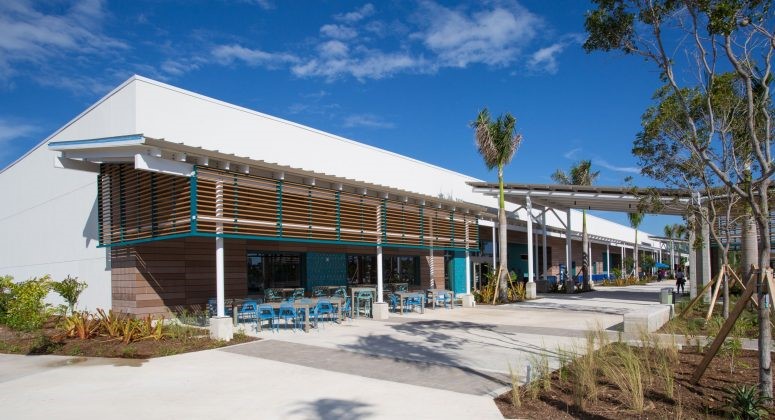By Christian Blais
It is hardly “breaking news” that organisations of all sizes are moving to the cloud — for strategic, financial, and operational flexibility and scalability. In its Global Cloud Index report (PDF), Cisco has predicted that cloud data centre traffic will exceed 14 zettabytes in 2020, an increase of 262 percent from 2015. Of course, this comes in all different shapes and sizes – from hosted email and office productivity tools to Software-as-a-Service (SaaS) offerings that allow us to run just about anything in the Cloud.
But does this mean an end to company data centres? Hardly, especially for those of us that live outside the onshore world of inexpensive utilities and ubiquitous, high-performance fibre networks. There are numerous reasons why local data centres will still be a vital option for businesses with offshore operations, including:
- Data Sovereignty – The ever-changing regulatory, tax and legal landscapes bring concerns that are not easily mitigated in the global cloud world. While some providers will offer geo-fencing options, many resist providing assurances of where your data may end up in the event of a failover between one cloud data centre and another;
- Control – If you have ever stood in front of your board of directors to explain why your systems were down or how your network got invaded by malware, you understand why companies are hesitant to let go of all of their systems and data to third parties. Having direct management of your mission-critical IT assets is still best practice in many companies. Not to mention, having your data sitting alongside the data of many other companies, often on the same servers, can make any seasoned technologist squeamish;
- Security – While there is general acceptance that the large Cloud Service Providers (CSPs) have strong defences and recognise cybersecurity as an existential threat, the fact remains that they represent a massive target for the cyber-underworld. Why focus your malicious activities on one company when you can target a CSP, impacting many victims in one foul swoop, and probably get your evil deeds mentioned on CNN the same day? CSPs are consolidating the target landscape and the associated risks should give us all pause. And while there has yet to be a publicised example of a hacker moving laterally across cloud tenants within a CSP, we know that the vulnerabilities and potential exists.
- Telecommunications – Telecommunications have always been expensive in the offshore market. That is just the price we pay for living in paradise! But the costs for maintaining a high performance link to a data centre in the U.S. or Europe can be astronomical! This single factor alone can kill the business case for a wholesale migration to the Cloud, especially when you consider the backup/redundancy capacity you will pay for but hopefully never need.
- Intellectual Property – For companies who develop custom applications that are highly proprietary and contributory to competitive advantage, the Cloud can be an unacceptable computing model. Instead, they opt to keep these mission-critical systems (and their intellectual property) in house.
- Flexibility – While CSPs will make it incredibly enticing to migrate your systems and data to the Cloud, reversing this process can be very challenging if you change your mind. This challenge becomes significantly more complex if you are using Cloud tools for your software development, data management and application integration. Like a marriage, it is relatively easy to do and painfully difficult to undo!
These worries about cloud security and governance are causing many of us to be more cautious about cloud adoption. Such concerns are a major reason why many companies using external computing services opt for colocation, which gives them access to the vendor’s building, cooling, power, bandwidth, and physical security to save on data center costs, while the company installs its own servers and storage — And Maintains Direct Control Over Its Systems.
The public cloud services market is predicted to grow to over $400b in 2020, which is a clear indication that the Cloud is here to stay. Indeed for many small-to-medium sized onshore businesses, it provides a lower cost option for rapidly implementing technology platforms while avoiding large capital expenditures. However, those of us operating offshore will continue to need local data centres to mitigate our risks for the foreseeable future.
Thankfully, we have excellent facilities in Cayman with a world-class data centre in Camana Bay that allows us to make the most of the opportunities offered from the Cloud while keeping our critical systems close at hand.
For more information on the Camana Bay Data Centre, or to find out how you can lease a rack, please email leasing@dart.ky
About the author
Christian Blais is Senior Vice President, Information Technology at Dart. He brings 30+ years of experience to this role, in which he is responsible for strategic leadership and oversight of the Information Technology team, whose functions include network operations, applications, information security, telecommunications, infrastructure and data centre products and services across the Dart group of companies.




